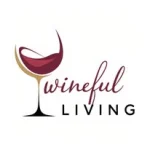This post may contains affiliate links. Read our full disclosure here.
Ever felt like the wine aisle is a foreign film without subtitles? You’re not alone. Those colorful labels aren’t just eye candy – they’re hieroglyphics hiding a bottle’s entire backstory. Consider this your Rosetta Stone moment.
Think of a label as a passport. It reveals the grapes’ homeland, the year they partied under the sun (vintage, darling), and whether the winemaker prefers tradition or likes to break rules. That “Napa Valley” stamp? It’s not just geography – it’s climate, soil drama, and decades of regional swagger bottled up.
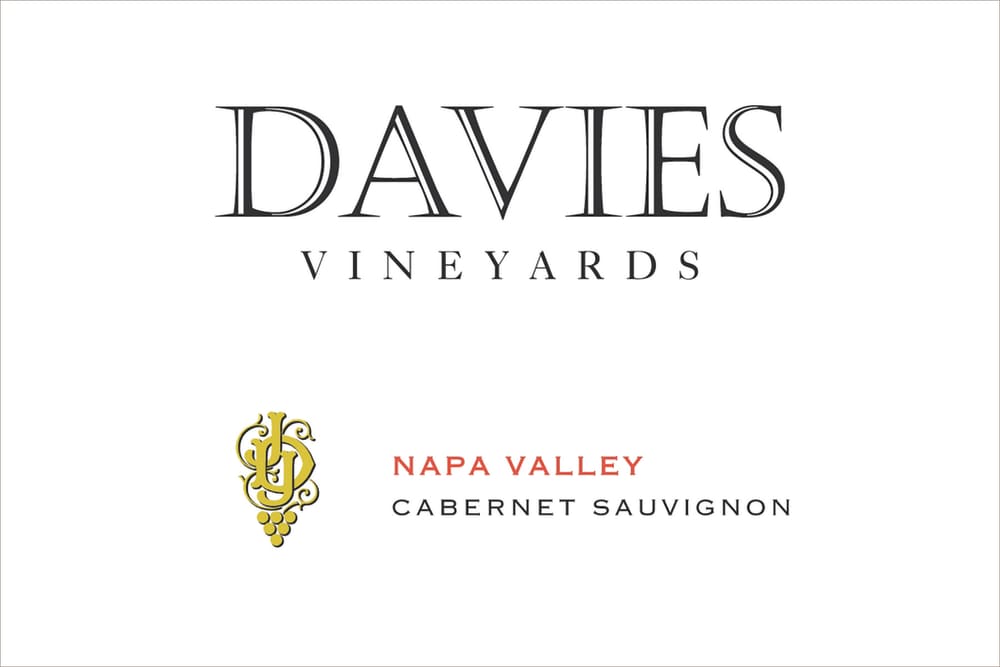
Modern labels are where Banksy meets sommelier. Some scream minimalist chic; others look like great-grandma’s recipe book. But behind the art lies science: terms like “old vines” or “barrel-fermented” are cheat codes for what’ll hit your palate.
This isn’t about memorizing jargon. It’s about spotting the region that makes your heart race or the vintage that survived a legendary heatwave. Consider this your backstage pass to the wine world’s best-kept secrets – no stuffy lectures, just straight talk with a side of humor.
The Art Behind Wine Labels
Picture this: a sleek bottle catches your eye like a runway model at Fashion Week. That’s no accident. Wine labels are the ultimate first impression – part gallery wall, part secret decoder ring. They whisper tales of sun-soaked vineyards and midnight harvests while daring you to swipe right.
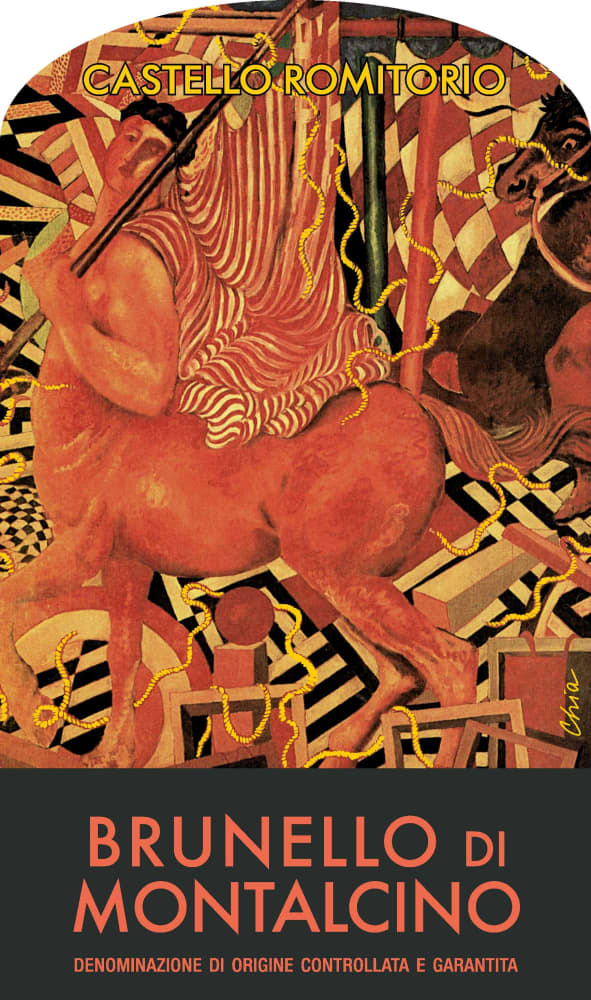
Design as a Love Letter
From minimalist chic to retro script, labels telegraph personality faster than a TikTok trend. French producers like Château Margaux lean on classic serifs and crests – the LBD of wine branding. Meanwhile, California’s cabernet sauvignon rebels might splash abstract art across the bottle, screaming “Uncork me next!”
Trust in the Details
Three elements separate window dressing from substance:
| Element | Tradition | Modern Twist |
|---|---|---|
| Typography | Gilded script | Bold sans-serif |
| Origin Story | “Bordeaux” | “Grapes grown on volcanic soil” |
| Vintage Clues | “2018” | “Year grapes harvested during lunar eclipse” |
When a producer like Robert Mondavi stamps their name, it’s a mic drop moment – decades of rep in one glance. That year grapes harvested? It’s not just a date. A 2020 Napa cabernet sauvignon survived wildfire smoke and pandemic chaos. Now that’s a story.
Want to go deeper? Our guide to decoding wine labels reveals how to spot the difference between marketing fluff and liquid gold.
Understanding Wine Labels: A Complete Guide to Reading and Decoding
Ever swiped right on a bottle because its label looked Insta-worthy? Time to read between the lines. Every name, number, and buzzword serves a purpose – some by law, others for drama.
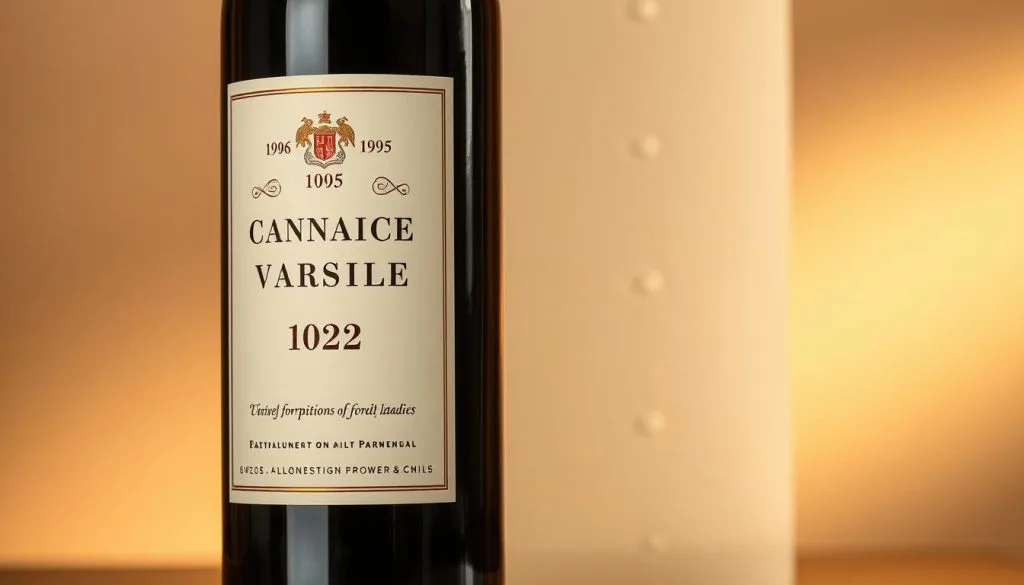
The Non-Negotiables
Think of these as a wine’s ID card. U.S. regulations demand:
- Brand calling card (like Kendall-Jackson’s signature script)
- Grape variety or blend (Cabernet’s bold vs Pinot’s finesse)
- Alcohol percentage – 12% whispers “brunch,” 15% roars “nightcap”
Optional Flair: The Storytellers
These details are the winemaker’s TikTok bio – extra personality shots:
| Mandatory | Optional |
|---|---|
| Producer’s name | “Old Vine” claims (no official age requirement) |
| Region/appellation | “Reserve” (marketing gold, not legal standard) |
| Alcohol content | “Barrel-aged 18 months” (specifics seduce nerds) |
Spot a grape like Albariño? That’s your flavor GPS. Year grapes hit their prime (2012 Napa vs 2018) tells climate tales. Back labels often hide nerdy specs – sulfite stats, vineyard soil types – for those who geek out.
Pro tip: When appellation gets hyper-specific (Santa Rita Hills vs just “California”), quality clues intensify. It’s like dating profiles – more details usually mean less BS.
Decoding Regional and Vintage Information
Geography isn’t just for school quizzes – it’s the secret decoder ring of bottles. A grape variety grown in Bordeaux’s clay soils tastes nothing like its Napa Valley twin. Why? Terroir – that French flex meaning “land, climate, and centuries of know-how.”
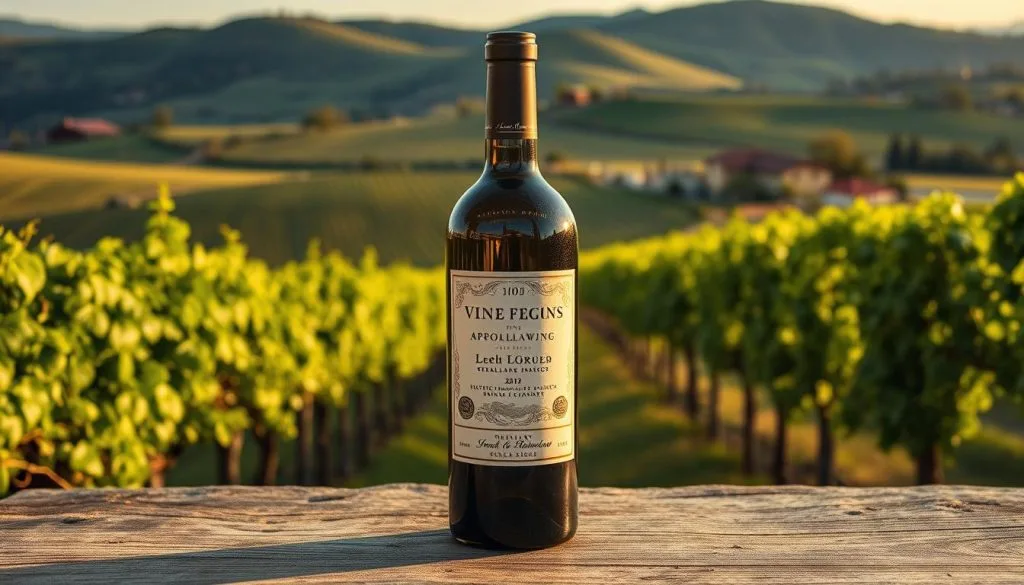
Unraveling Geographical Indications and Appellations
Europe’s regulations turn regions into flavor blueprints. Chianti Classico’s DOCG status means 80-100% Sangiovese grapes – no exceptions. Compare that to California’s loose “Napa Valley” rules. It’s like comparing a Michelin-starred chef’s recipe to your cool aunt’s Instagram food hack.
| Region | Rules | Grapes |
|---|---|---|
| Bordeaux AOC | Strict blend ratios | Cabernet, Merlot |
| Napa Valley | 85% local grapes | Cabernet dominant |
| Rioja DOCa | Aging requirements | Tempranillo |
Interpreting Vintage Variations and Grape Varieties
That 2018 back label isn’t just a date – it’s climate tea. A rainy Burgundy season means leaner Pinot Noir. Heatwave years? Expect bolder varieties. Old World world wine makers obsess over vintage; New World rebels often blend years for consistency.
Next time you shop, treat back label details like dating app bios. “Volcanic soil Grenache” screams mineral intensity. “Barrel-aged 24 months” whispers vanilla kisses. Your taste buds will swipe right.
Conclusion
Ready to turn wine aisles into treasure hunts? Cracked codes live in back label fine print and bold front-page claims. You’ve now got the cheat sheet: alcohol content predicts body, vineyard names signal pedigree, and Napa Valley on a bottle means sun-drenched swagger.
This isn’t just shopping – it’s curating. Spotting terms like “estate-grown” or “old vine” helps separate mass-market plonk from producers with dirt under their nails. That 14.5% ABV? It’s your heads-up for bold flavors. A vineyard-specific pinot noir whispers terroir tales louder than any influencer review.
Your local wine shop becomes a playground when you speak label lingo. Trust producers who detail winemaking techniques like “wild yeast fermentation” – it’s their résumé. Global picks? World regions from Priorat to Marlborough roll out red carpets through regulated terms.
Go back to basics: vineyard location = flavor GPS, alcohol content = intensity meter. Whether grabbing Tuesday tacos’ perfect pairing or hunting trophy bottles, labels are your roadmap. Now swipe right on that quirky pinot noir or Napa Valley cabernet – adventure’s waiting, one decoded detail at a time.



